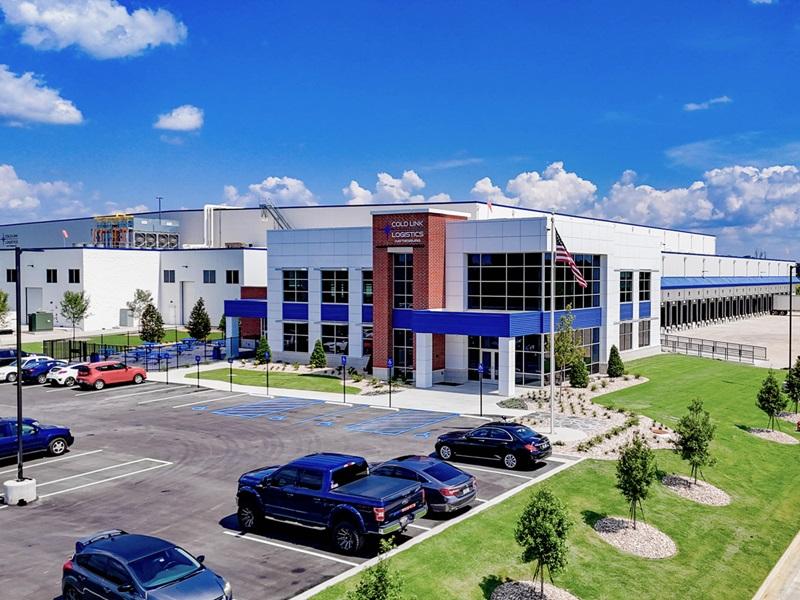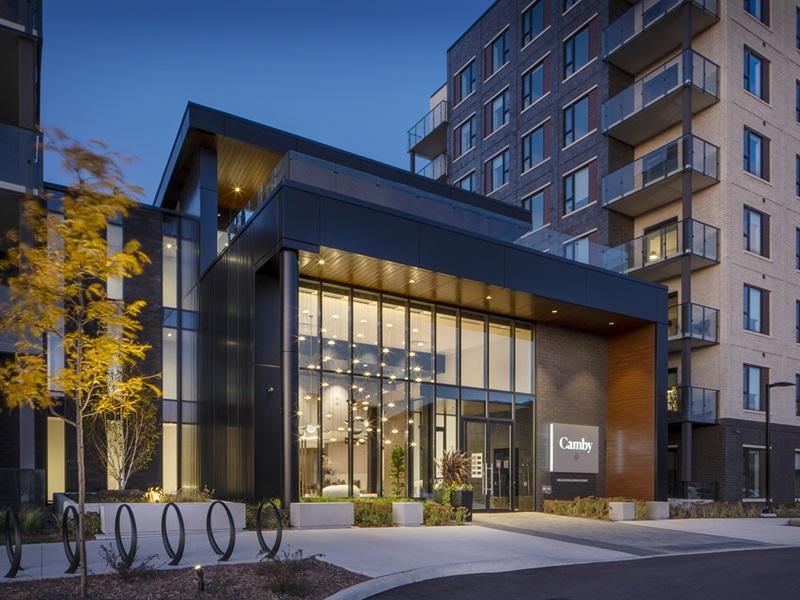I thought the Associated Press summed up the outcome of the December climate talks in Paris well:
 “The world is about to go on a carbon diet. It won’t be easy — or cheap.
“The world is about to go on a carbon diet. It won’t be easy — or cheap.
Nearly 200 countries across the world on Saturday approved a first-of-its-kind universal agreement to wean Earth off fossil fuels and slow global warming, patting themselves on the back for showing such resolve.”
The numbers involved are staggering. By 2070, the world must have reduced carbon emissions to practically zero to meet targets. It isn’t a matter of cutting a few thousand tonnes of carbon, but billions.
You could say our addiction to carbon began when humanity mastered fire and accelerated when we figured out how to make bronze. The Bronze Age and its carbon-fuelled smelting started about 5,000 years ago, so we’ve got a long-established habit to break. This addiction reached a frenzied peak last century. From coal-fired power plants to exhaust pipes, to wean ourselves off carbon we need to commit to change in a big way.
Everything impacts real estate
But you can’t talk energy and carbon without considering the impact on real estate.
How we live and work is going to change. There’s no escaping it. Anyone involved in the construction, management and operation of commercial real estate will have to change with it – how our entire urban landscape functions will have to change.
The Paris agreement won’t mean the sky is about to fall. Humans are too creative for that to happen, but if things are not the same, that means they’re different. If developed countries are serious about meeting these wildly ambitious targets, entire industries are facing shifts as profound as those that heralded the Industrial Revolution. We obviously can’t live without energy, but we must dramatically change how we generate and use it.
According to Natural Resources Canada, commercial and institutional buildings account for 12 per cent of Canada’s secondary energy use and 11 per cent of total greenhouse gas emissions. The U.S. Department of Energy puts commercial building energy use at closer to 20 per cent of the American national total.
If the residential market is added to the equation, the number is around 40 per cent.
Whatever way you cut it, our buildings account for a sizeable portion of the carbon footprint. But with the technologies available today and coming down the pipe, they have the potential to slash that to zero.
Achieving the ‘net zero’ building
The drive has been on for some time to create buildings that are zero energy, or “net zero.” This means the total amount of energy used by the building on an annual basis is about equal to the amount of renewable energy created on the site.
Most net zero buildings get half or more of their energy from the local power grid, but then return the same amount at other times.
The net zero building is a combination of energy conservation strategies, along with “energy harvesting” of renewable sources such as solar, wind and thermal. In other words, it’s a combination of adjusting occupant behaviours and investing in designs, materials and technologies that reduce consumption and harvest energy that’s currently going to waste.
Thanks to environmental standards like LEED and BOMA BEST, it’s become trendy to reduce a building’s carbon and overall environmental footprint in various ways. There are arguments to be made about productivity gains from increased occupant comfort, and the operational savings that accrue over time that make up for any added capex.
Take lighting
Lighting accounts for about 25-30 per cent of all electricity used. The retail cost of LEDs is rapidly falling. For $8 or less, you get a light that can last as long as 25,000 hours and consume only 10 watts/hour. To run old incandescent bulbs for those many hours, you would need six times the amount of power and about 21 bulbs.
I saw one calculation that put the total operational cost (including energy consumption) of that single LED over its lifespan at $38, versus $201 for that pile of incandescents. Compact fluorescents came in at $48.
Now, add conservation technologies like sensors that turn lights off when no one’s present and that adjust the intensity of artificial lighting in response to the amount of natural light. Couple that with photovoltaic windows or blinds designed with low-cost printed electronics that harvest solar energy, and you’re on your way to achieving a net zero building.
All this is only the beginning. Bright people somewhere will come up with something even better – where that technology gets developed and manufactured will create new opportunities in commercial real estate.
Don’t wait for change to happen to you
Lighting is just one example. But the best way to effect wholesale change is to take it one step at a time. Buildings are only one part of these urban organisms we call cities.
Another is our dependence on the convenience of just hopping into our cars or onto a bus whenever we want. People love their mobility. That isn’t going to change. And yet, we are going to have to do something to drastically reduce the carbon footprint of our now outdated motorized transportation in all its forms.
I don’t have the answers, but it’s a debate many industries, the commercial real estate business among them, will have to undertake with fresh gusto in the near future.
With any big technological or societal shift, even if it is primarily positive, there will be winners and there will be losers. The sure fire way to leave yourself on the wrong end of change is to bury your head in the sand and pretend it’s not coming.
Those who are ahead of the curve in anticipating how and where change will take effect will look really clever and end up wealthier to boot. Remember, change will come in two forms. The first is in how real estate will be built and operated. The second is new R&D and manufacturing facilities that will produce the new technologies that will drive the change.
To discuss this or any other valuation topic in the context of your property, please contact me at jclark@regionalgroup.com. I am also interested in your feedback and suggestions for future articles.







